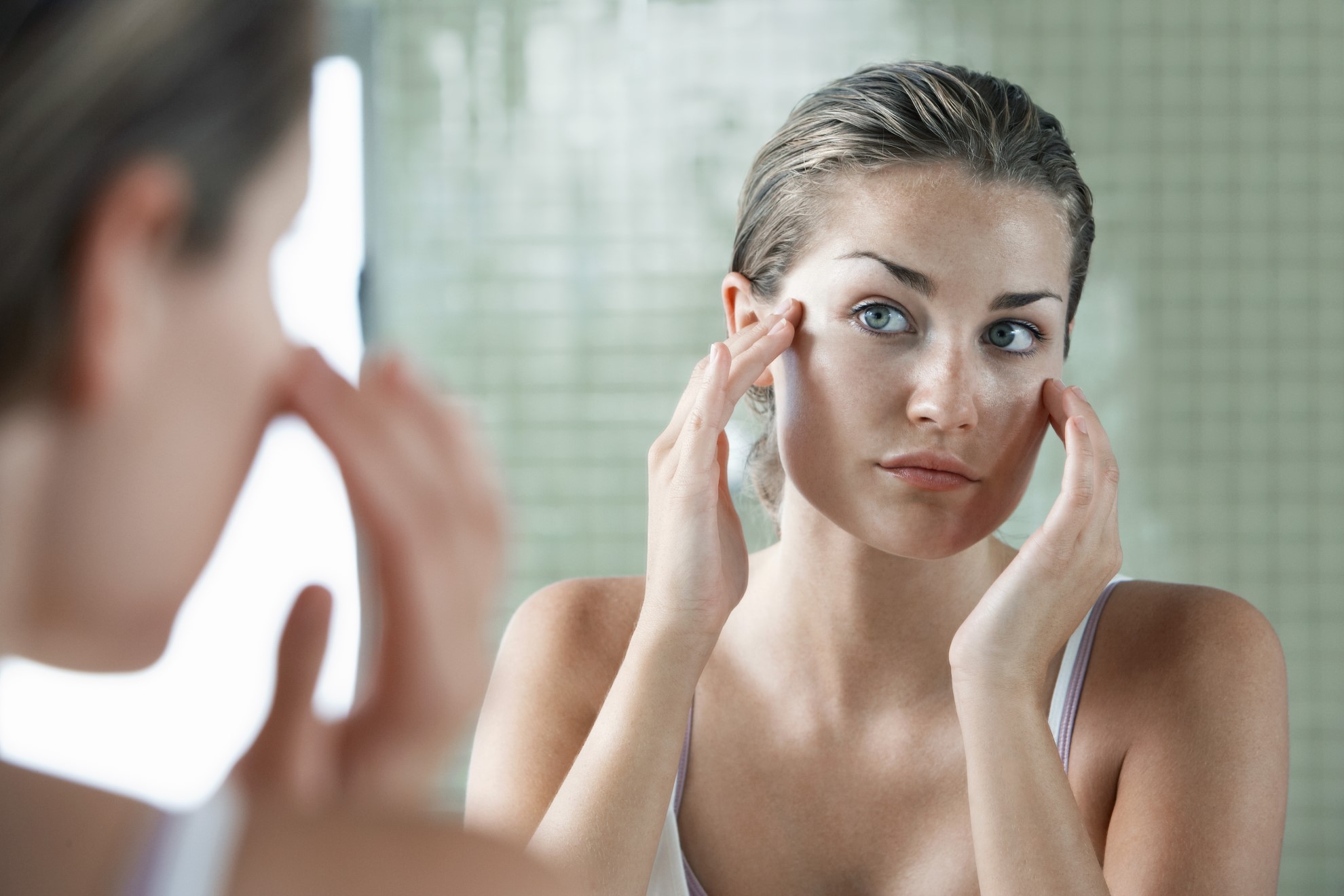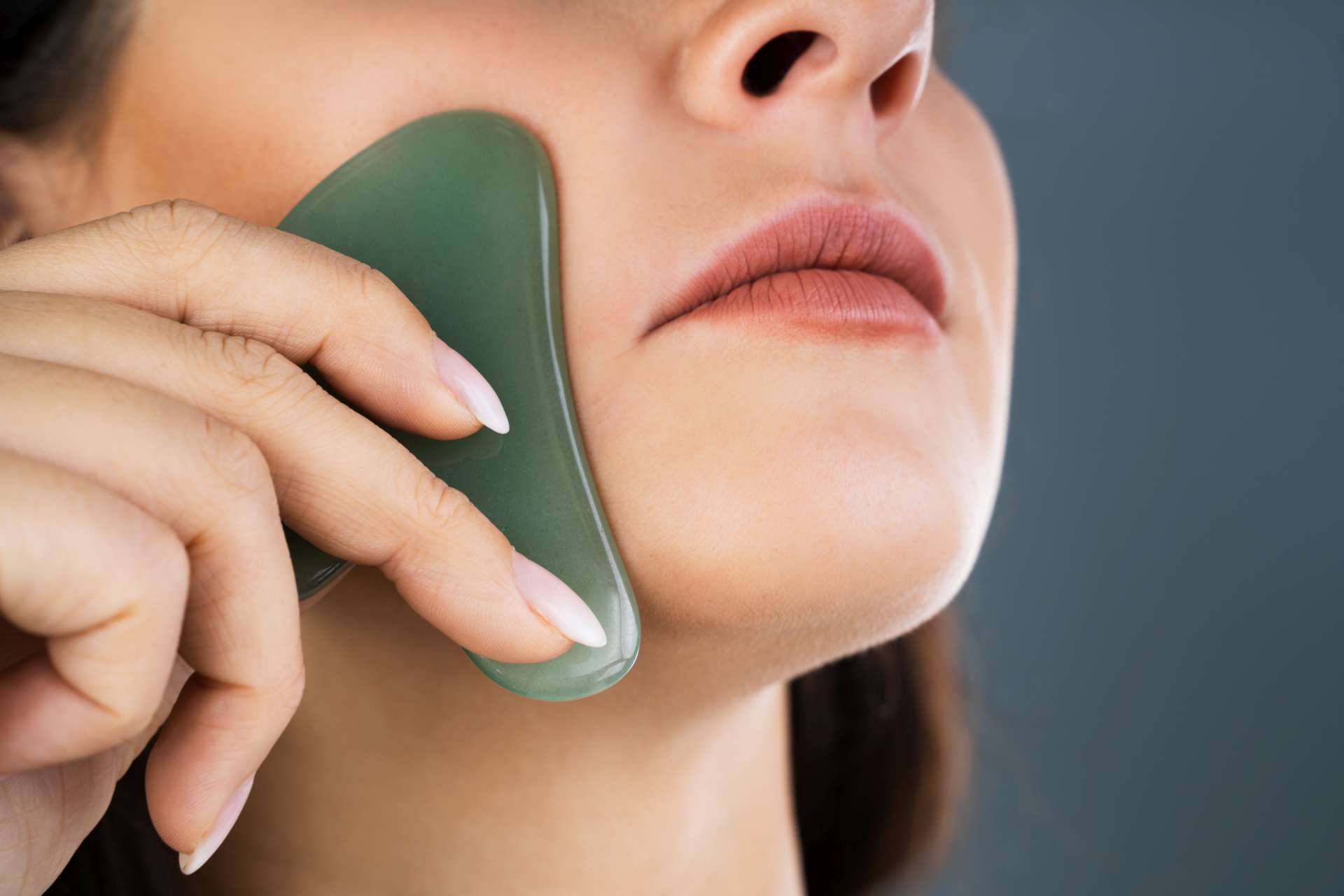Ever wonder why the foundation you put on might leave a white cast on your face, Or the new lipstick shade you bought online appeared to be extremely pale on you? If these are the problems you have faced, don’t worry you are not alone. Skin tones and undertones determine which hues, tones, shades, and colors suit us and they are an integral aspect for achieving a flawless makeup look.
Let’s face it, most of us have nodded along unknowingly when people initiate the topics of skin tone and undertones, it is something most of us are aware of but cannot understand completely. Skin tone is not one-size-fits-all, Skintones or undertones just like us individuals are unique and distinct. Understanding and determining one’s skin tone can be quite bewildering for most of us, and it can be even more daunting when you don’t know where to begin.
Determining your skin tone is crucial for purchasing appropriate products as well as establishing a proper makeup and beauty regimen. Here are a few tips and tricks to help you determine your skin tone.
What is Skin Tone?
Skin tone essentially means the color of the surface of one’s skin. The color of the skin is the product of a pigment called melanin present underneath the epidermis (the topmost layer of the skin). Melanin is a complex polymer that is produced by cells called melanocytes. Melanocytes refer to a group of naturally occurring dark brown or black pigments that are present in the skin.
When the skin comes into contact with Ultra Violet Rays, as the body’s natural self-defense mechanism the melanocyte cells present in the skin start to produce an abundant amount of melanin under the epidermis in order to protect the skin from harmful Ultra Violet Ryas.
Our skin tones are inherited from one’s gene pool, if your ancestors were under copious amounts of sunlight or Ultraviolet rays, you might have a darker skin tone as their genetic makeup will naturally evolve to produce abundant amounts of melanin.
What are the Different Types of Skin Tones?
It can be quite hard to categorize skin tones into specified categories as each individual has their own distinct and unique skin tone based on underlying tones, hues, as well as shades. But ideally, skin tones can be categorized in the following broad categories:

1. Light Skin Tone:
Fair to Light skin tones is generally procured from Northern European countries that do not receive enough sunlight and often have substantial cloud coverage. Hence people from northern European ancestry do not have enough melanin-producing genes.
People with fair, pale, or light complexion who happen to live in tropical or subtropical regions might need to use sunscreen with a high concentration of SPF to protect their skin from Ultraviolet Damage.
2. Medium Skin Tone:
People who have medium skin tone are generally of Southern European and North Asian descent. People with medium skin tone typically have a well-balanced, beige, or olive skin color. People with Medium skin tone are comparatively more susceptible to tanning than lighter skin tones.
3. Dark Skin Tone:
People who have darker skin tones are generally from regions that receive abundant amounts of Ultraviolet Rays. People of South Asian, Middle Eastern, or African descent often have darker skin tones. Just like the people with medium skin tones, darker skin tones do not need much Ultraviolet protection but are more susceptible to hyperpigmentation.
What is Skin Undertone?
Most of us have heard the term “undertone” but might be unaware of what it exactly means. Contrary to Skin tone which refers to the color underneath the surface of the epidermis, Skin undertone refers to the subtle hue or tinge of color that appears beneath the skin’s surface. Undertones are an integral aspect of any beauty, cosmetic, or fashion choices you might make, as they determine what color, hue, or shade might suit your skin.
What are the different types of Skin Undertones?
If you have gone for Foundation or concealer shopping you might have heard the three key undertones- “warm”, “cool”, and “neutral”. There are three types of skin undertones that always remain the same:
1. Warm:
People with warm undertones have hues or tinges of warm colors like yellows, peach, golden, and orange.
2. Cool:
People with cool undertones have hues or tinges of cooler colors like blue or pinkish tints.
3. Neutral:
People with neutral undertones have a balance of hues and tinges mentioned above, underneath their skin.
5 Ways to properly determine your skin tone:
In order to determine skin tone, one has to thoroughly comprehend the concept of skin tones and skin undertones mentioned above.
After being fully acquainted with Skin tones and undertones follow the steps mentioned below to determine your skin tone:
1. Examine your face under natural lighting:
Examine how your makeup appears under natural lighting (the sunlight). If your foundation or base makeup appears to be ashy or grey, the foundation may not be fit for your skin tone.
2. Jawline Test:
The jawline is the best surface for determining your skin tone, as this area does not receive enough skin exposure. It is best to start off with a clean surface prior to executing this skin tone test. Once your face is squeaky clean observe your jawline under natural lighting in front of a magnifying mirror to check whether your skin appears to be dark, medium or light.
3. The vein test:
The Vein test is the best way to determine your skin’s natural undertone. It is best to observe your veins under natural lighting for effective examination.
- If your veins appear to be blue or purple you have Cool Undertone
- If your veins appear to be green or bluish in tone, you have a warm undertone
- If you find both purplish or greenish veins you have a neutral undertone, as a neutral undertone has a combination of both warm and cool undertones.
4. Silver and Golden Test:
Under natural lighting check if silver or golden color jewelry compliments your skin tone.
- If gold jewelry flatters or compliments your skin tone, you have a warm undertone.
- If silver jewelry flatters or compliments your skin tone, you have a cool undertone.
- If both silver and gold jewelry compliment your skin tone, you have a neutral undertone.
5. How does your skin react to UV exposure?
The way your skin reacts when exposed to Ultraviolet rays can also be a determining factor for your skin tone.
- If your skin is more susceptible to sunburn, you have a light to fair skin tone.
- If your skin tans easily you have medium, beige, olive skin tone.
- If you get hyperpigmentation or tan easily under the sun you have a darker skin tone.

